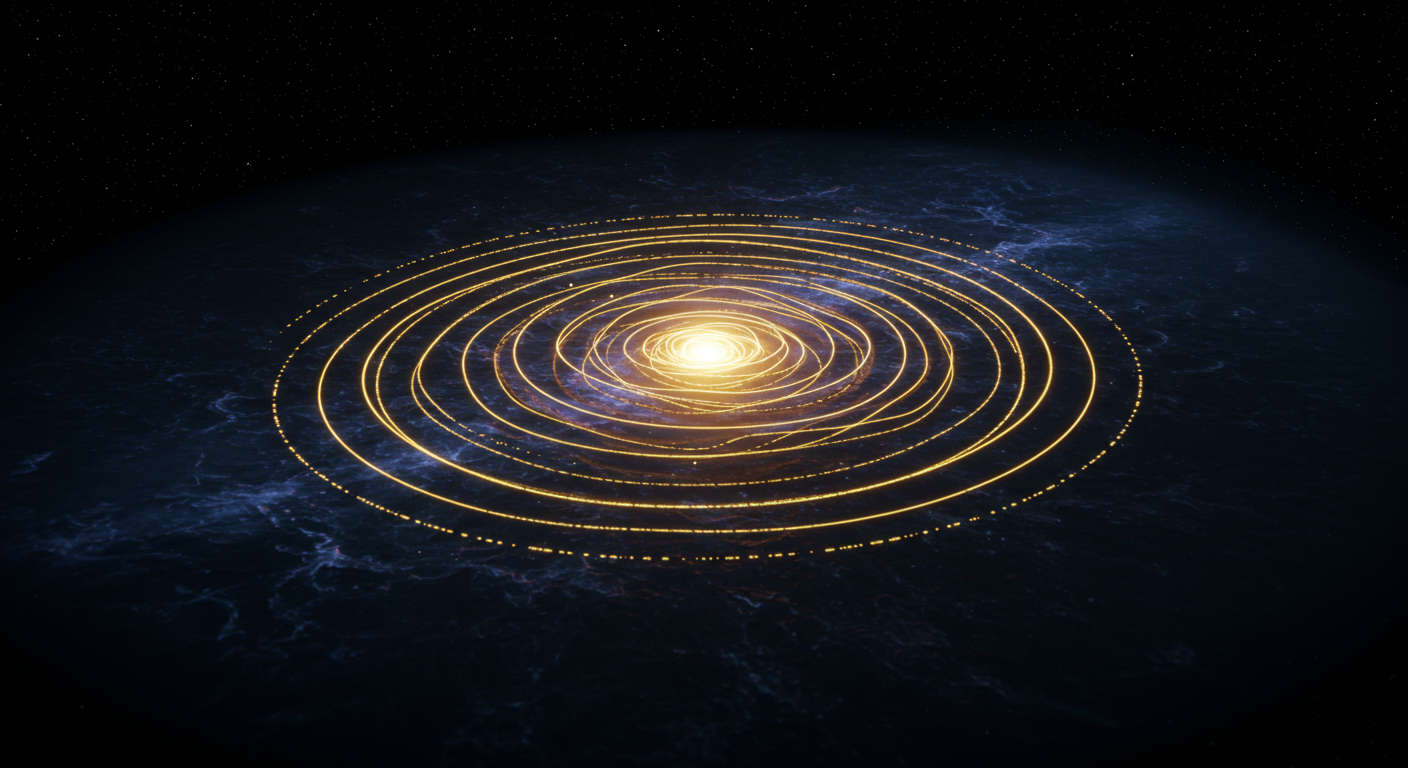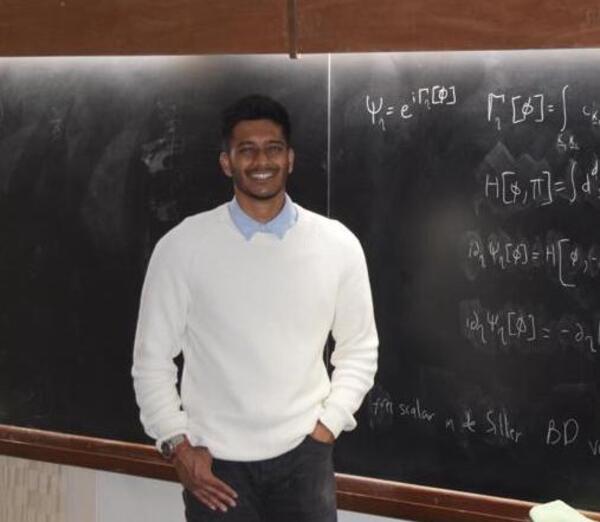Analytical approximations for curved primordial power spectra

In our publication, “Analytical approximations for curved primordial power spectra”, our team explores one of the most fundamental questions in cosmology: the shape of the early Universe. Led by author Ayngaran Thavanesan, alongside Denis Werth and Will Handley, this work develops a new analytical framework to understand the impact of primordial spatial curvature on the cosmos.
While the standard cosmological model, ΛCDM, typically assumes a spatially flat universe, this is not a theoretical necessity. Indeed, some analyses of Cosmic Microwave Background (CMB) data, such as those from the Planck Collaboration, have shown a slight preference for a closed, positively curved universe. Our paper directly confronts the theoretical implications of such a scenario, providing tools to test it.
A Generalised Approach to Inflation
Our method extends the foundational work of Contaldi et al. to derive analytical templates for the primordial power spectrum that are valid for open, closed, and flat universes. We model the early Universe with an elegant, two-stage approximation:
- An initial kinetically dominated regime, where the scalar field’s kinetic energy drives the expansion.
- An instantaneous transition to an “ultra-slow-roll” phase, which sets the stage for inflation.
A key advantage of this approach is its independence from any specific inflationary potential, allowing us to isolate the generic, model-agnostic effects of curvature on the primordial perturbations that seeded all structure in the Universe.
The Impact of Curvature: A Shift in Dynamics
The central theoretical insight of our paper is that the influence of spatial curvature on cosmological perturbations can be understood as a simple, yet profound, mathematical modification. We demonstrate that curvature effectively creates a shift in the wavevectors that participate in the dynamics. This provides a clear physical intuition for the observable signatures of a curved inflationary history.
These signatures manifest in the primordial power spectrum as characteristic features at large angular scales (low wavenumbers, k). Specifically, our analytical model predicts:
- A generic suppression of power.
- Phase-based oscillations, or “ringing” effects.
These results, derived from first principles, align remarkably well with the findings of computationally intensive numerical simulations, like those presented in Handley (2019). Our analytical framework not only validates these numerical findings but also provides a more direct understanding of their physical origin.
By developing these analytical templates, this work offers a powerful and efficient new tool for cosmologists. It enables robust testing of models with primordial curvature against observational data, representing a key step in our group’s mission to bridge fundamental theory with data analysis and shed new light on the initial conditions of our cosmos.



Content generated by gemini-2.5-pro using this prompt.
Image generated by imagen-3.0-generate-002 using this prompt.